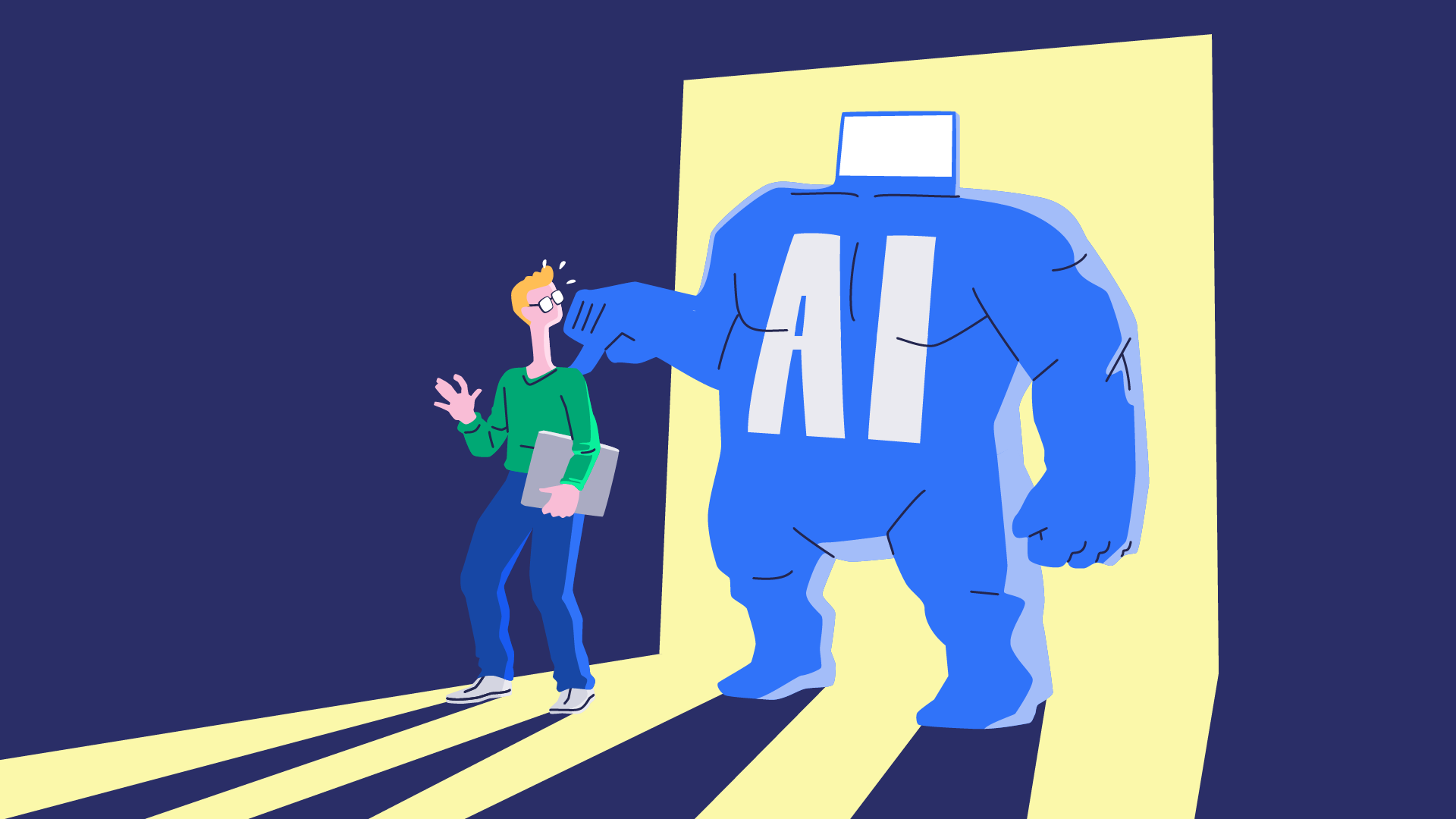In this post, we’re not arguing against AI — rather, we’re showing how it can be integrated into workflows in a way that still strengthens the next generation of professionals. Here’s how the industry is responding.
The Rebirth of the Junior Level: How the Industry Is Responding to AI Pressure

In this post, we’re not arguing against AI — rather, we’re showing how it can be integrated into workflows in a way that still strengthens the next generation of professionals. Here’s how the industry is responding.
The Renaissance of Internship Programs
More and more companies are rediscovering that internship programs work. IBM, for example, reported a 90% retention rate over five years in its 12-month registered apprenticeship programs. Google, Microsoft, Amazon, and other major companies also maintain substantial internship programs that combine 80% on-the-job training with 20% technical education.
Amazon, for instance, plans to create more than 1,000 new apprenticeship positions in the UK by 2025 and has already hosted over 3,500 participants since the program’s inception. In some training tracks, conversion rates reach 100% — meaning every apprentice receives a full-time position upon completion.
The Surprising Success of Bootcamps
Coding bootcamps achieve impressive job placement rates despite their challenging environments. Industry averages show that 71% of graduates find a job within 180 days, while top programs perform even better: General Assembly reports 95.7%, App Academy in New York 95%, and Flatiron School 90%.
This demonstrates that alternative education paths can also succeed in preparing students for the job market — especially when they provide hands-on experience alongside technical training.
From AI-Supported Mentorship to AI Collaboration
The most successful companies don’t use AI to replace juniors, but to support them. This means that junior developers don’t just learn traditional programming skills — they also develop:
- AI collaboration abilities,
- prompt engineering basics,
- and skills to review and refine AI-generated code.
This way, the junior learns from AI — and the senior, or the company, learns from the junior
as a wise colleague once put it.
The Revolution of Evaluation Methods
Alternative assessment methods are gaining ground. Instead of focusing on formal degrees, companies increasingly emphasize portfolio-based evaluation, practical technical challenges, and a skills-first hiring mindset.
Today, 70% of hiring managers expect candidates to present diverse project portfolios, and 60% of recruiters prefer demonstrations of problem-solving ability over formal qualifications.
What We Do at Virgo
We’ll admit — we face the same dilemma. Yet we decided to:
- Keep junior positions, but structure them differently
Every junior still has an assigned mentor. - Use AI tools as learning aids
At Virgo, GitHub Copilot is a teaching assistant, not a replacement. - Quantify long-term ROI
Yes, onboarding a junior may take 1–2 years to pay off, but only if both sides stay patient and committed.
Adopt a hybrid model – efficiency comes from AI, creativity from humans.
According to Gartner’s forecast, by 2028, 75% of enterprise software engineers will use AI coding assistants, while by 2025, over 50% of software development leadership roles will explicitly require generative AI oversight.
This means the future isn’t AI or human — it’s AI and human.
This aligns with the local perspective as well: AI should be used to augment, not replace. As László Palkovics said in an interview with Index:
The impact of money invested in AI is far greater than what could be achieved by spending the same amount elsewhere. The good news is that AI doesn’t take jobs away — it only takes over the dangerous or difficult tasks we’d otherwise have to do. Meanwhile, new roles and opportunities are created.
This mindset complements the skills-first approach, real project-based learning, and AI-supported but human-led mentoring.
The Global Picture: We’re Not Alone
The international job market largely mirrors U.S. trends. Indeed’s statistics show that Canada is reducing junior developer positions at nearly the same rate as the U.S., with the UK, France, and Germany following a similar pattern.
A positive outlier is Australia, where the number of developer job postings still exceeds pre-2020 levels. Meanwhile, top universities — such as Stanford, MIT, and Carnegie Mellon — have already integrated AI tools into their curricula, while continuing to emphasize a solid understanding of the fundamentals.
The Path Forward: Balancing Efficiency and Sustainability
The truth is, AI isn’t going anywhere — nor should it.
But if we eliminate the human element from development altogether, we risk a future where technology continues to evolve, but the human knowledge and creativity behind it slowly wither away. For example, if AI generates code that only it can later understand, maintenance costs could rise dramatically. That’s why AI must remain an assistant — not the decision-maker.
The most successful approaches integrate AI capabilities while preserving human expertise and growth paths.
Companies that eliminate all junior roles may gain short-term productivity, but they risk a severe shortage of senior talent in the future.
Skill evolution is already underway — and it’s irreversible. Entry-level developers now need a different skill set:
- AI collaboration abilities,
- prompt engineering expertise,
- proficiency in reviewing AI-generated code,
- system-level thinking,
- and understanding of business context.
The question isn’t whether to use AI. The question is how to use it — in a way that still leaves room for the next generation of developers to grow.
The industry faces a fundamental choice between short-term optimization and long-term health. Those companies and individuals who adapt best to this new paradigm — embracing AI as a powerful tool while preserving the human elements essential to innovation and growth — will define the future of software development.
Because in the end, it’s not AI tools that make the creative decisions that separate good software from great software.
That’s still done by people.